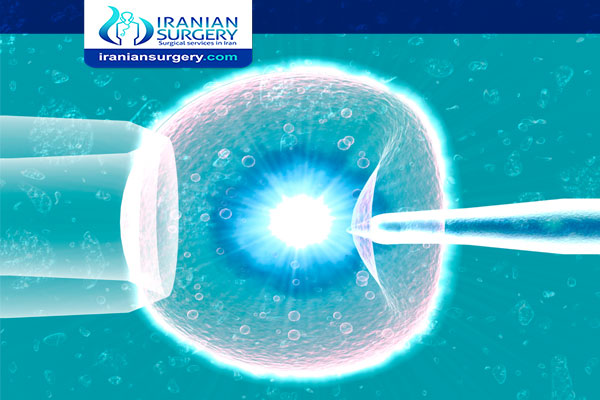How can assisted hatching help?
What does embryo hatch mean?
Can assisted hatching cause problems with my embryo or pregnancy?
What day is assisted hatching done?
Is assisted hatching beneficial?
Assisted hatching is a technique used primarily to assist those couples who have had one or more failed IVF cycles in the past. Often, these failed cycles have occurred as a result of the embryo failing to implant within the uterus.
For women who have a poor prognosis for their next IVF cycle, assisted hatching is likely to be suggested as an option to better the chances of a successful pregnancy.
Assisted hatching is not recommended for all patients, but may be helpful in women who are older (more than 37 years old) or who have had a prior IVF failure.
Read more about: Embryo hatching after thaw
Read more about: when is assisted hatching done in IVF
How can assisted hatching help?
However, some embryos do not hatch on their own. This is when assisted hatching can be useful. assisted hatching is most beneficial for women who have had at least two unsuccessful IVF treatments, as well as women over the age of 38.
Assisted hatching may help certain patients during IVF. But, like any invasive procedure, there are risks involved. Here’s the lowdown on assisted hatching and what fertility patients really need to know.
research suggests that IVF embryos with a thinner or softer shell, or zona pellucida, may implant better. With assisted hatching, the embryologist makes a small puncture in the zona pellucida a day or two before embryo transfer. It’s only done on the best embryos. Laser technology is often used, but an acidic solution or a micro-needle is still common. Helping the blastocyst to hatch out of its shell is thought to aid implantation, since the ‘naked’ cells of the embryo are introduced to the uterus quicker.
Read more about : How much does 1 round of IVF cost in Iran?
But assisted hatching may not benefit all IVF patients. For some, the embryos are best left alone. Research suggests assisted hatching is most suited to IVF patients in their late thirties or older, with low AMH levels, poor embryo quality or with a history of IVF failure. Doing assisted hatching on the embryos of a 25-year-old is probably a waste of time.
What does embryo hatch mean?
Hatching is the term used when the blastocyst cells start to break through the shell (zona pellucida) of the embryo. Hatching may not always take place but it is a necessary step towards implantation and pregnancy.
Can assisted hatching cause problems with my embryo or pregnancy?
Rarely, assisted hatching can damage the embryo, making it unusable.
The risk for identical twins might be slightly increased when assisted hatching is applied. Medical complications are higher in identical twin pregnancies than in normal, singleton pregnancies.
Medicines such as antibiotics and steroid hormones are sometimes prescribed around the day of the assisted hatching and embryo transfer. Uncommonly, side effects can occur from the use of these medications.
Read more about : How many days after period is frozen embryo transfer?
Read more about : Icsi procedure step by step
What day is assisted hatching done?
Assisted hatching is generally performed on the third day of embryo development. The embryologists use a laser to create a very small hole in the zona pellucida. Assisted hatching can also be done on previously frozen and thawed embryos.
Is assisted hatching beneficial?
Experts do not recommend the use of assisted hatching in all patients undergoing IVF treatments to conceive. Studies suggest that assisted hatching might help improve pregnancy chances for certain groups of patients. Assisted hatching may help improve pregnancy chances in women who have failed to get pregnant in previous IVF cycles and those with a poor prognosis (who are not likely to conceive).
Your health care provider can help you determine if assisted hatching might be useful to you.
Read more about: Assisted hatching ivf


